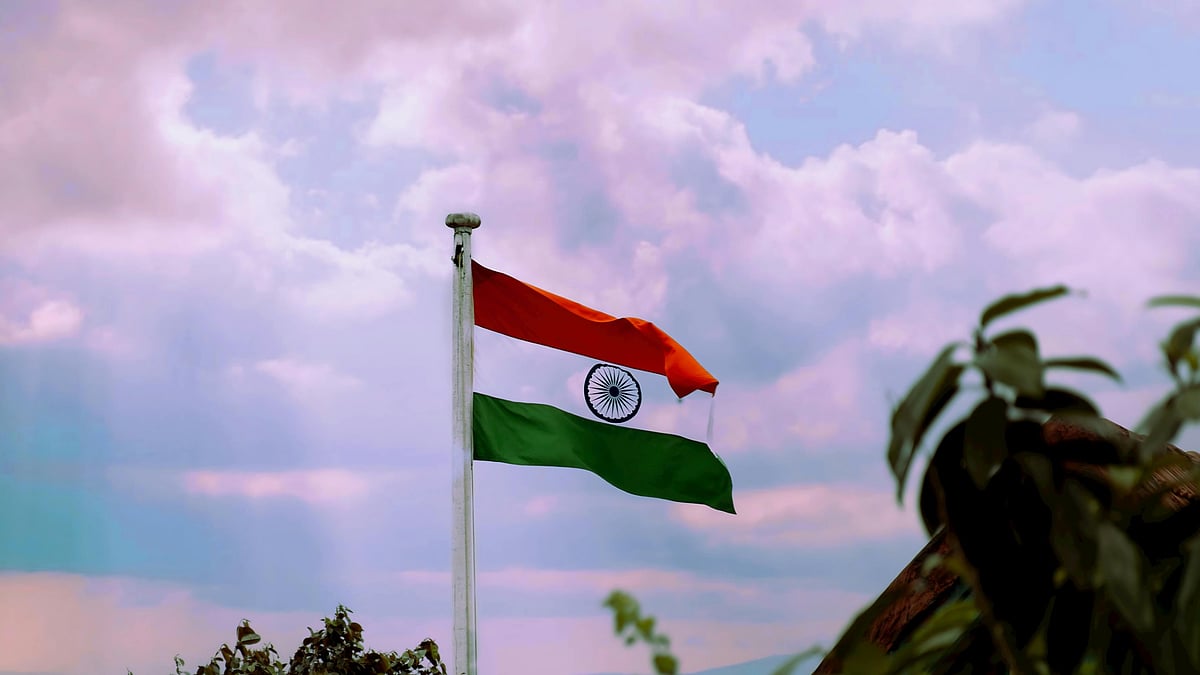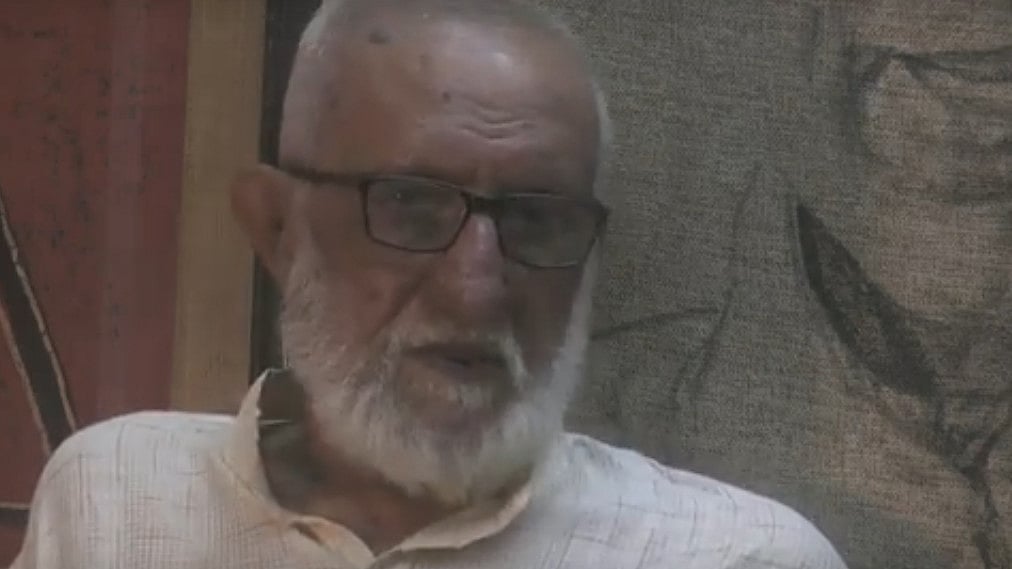The present provides the most propitious time for India to take advantage of the recent disruptive external developments - The US-China trade frictions (partially abated for the time being), President Trump’s successful India visit and the coronavirus outbreak (completely different from previous viruses like SARS) - all portend massive opportunities for India for its growth. All these developments, which in some ways are inter-related, have occurred coincidentally at a time when Indian economy has been struggling to fulfill its two major aspirations i.e.
India’s signed FTAs which have not been able to render the desired results are currently getting reworked, and setting an ambitious target of becoming a $5 trn economy (currently almost $3 trn) to be counted among the top three economies of the world (at present world''s 5th largest) in a short span of five years.
To realise these two ambitious goals, all three external developments provide an opportune time for India to strike smart. Some omissions inadvertently have occurred in the past as a result of which countries like Bangladesh, Taiwan and Vietnam have benefitted, but it is never late to mend the course.
The trade skirmishes between the USA and China have been going on for last three years, which have negatively affected trade relations between them, leading to the USA imposing tariffs & duties on Chinese imports.
These were extended to other growing emerging economies like India. The USA has been the main destination for Chinese exports but because of the repeated trade complexities, the Chinese share started declining (from 21.6% in 2018 to 18.4% last year).
On the other hand, India’s share has been rising, which can now be further propelled. In the wake of Trump's India trip, there have arisen several positives for India vis-à-vis the trade equations with the US.
The relationship has remained complex over the past 70 years, and since 2000, economic interests have become the predominant factor. India’s unique position post-liberalisation places it in favorable light to counter-balance China’s dominance in Asia.
It is not that all has been hunky-dory. Trump has constantly been blaming India for being the ‘tariff king’ and in 2017 imposed 100% tariffs on Harley-Davidson motorcycles.
This was followed by raising the import duty on Indian steel and aluminium products. He also withdrew the special status of preferential market access that was granted to select developing economies. India retaliated by raising import duties on several US products.
It has been a big win now for India to discover Trump assuring a trade deal by the end of the year. The USA finds India’s huge market and its immense growth potential attractive. It has seen India establishing a strategic footing in Asia which can be a match for the growing Chinese hegemony in the region.
India would benefit from American firms moving out of China and shifting their operations to India. These firms ought to be facilitated to contribute to India’s ‘Make in India’ initiative.
As India has chosen to stay away from multilateral efforts in Asia like China’s Belt Road Initiative and the Regional Comprehensive Economic Partnership (RCEP), exclusive trade deals with developed powers seem to be the option.
A possible trade deal can be a win-win for both New Delhi and Washington in the context of the growing convergence in mutual interests from an economic and geo-political viewpoint.
Another key development-Trump’s visit- has rendered a felicitous opportunity to India to improve its balance of trade and payments. Three MoUs signed between them can encourage US firms to start manufacturing in India, correct matters like tariffs and visas and facilitate emergence of policy stability, the lack of which was impeding ease of doing business.
Both the $3 bn defense deal with the USA and escalating exports of energy to India can prove useful to India in overcoming its economic slowdown, enabling it to ride the trajectory of double digit growth again.
Lastly the fear over the economic fallout from the spreading coronavirus has sent equities to a straight loss, spurring demand for safe assets and potentially placed the global economy into a severe downturn. It has affected growth of all economies, especially China’s growth, making it a closed economy.
It has caused the global supply chains, spanning many countries, sudden disruptions on top of prevailing demand slowdown. These disrupted supply chain networks cannot get repaired immediately and easily. Rising cases in Italy, South Korea, Japan, Indonesia, Europe and even the USA and now India have led to the fear of the virus turning pandemic.
Recessionary fears are being reported but this seems like a far-fetched apprehension. Many sectors are being affected like Pharma, Electronics, Mobiles, Auto-parts, Electric machinery, Organic Chemicals, Aviation and Tourism and trade. India till now is relatively insulated but cannot remain complacent. Indian Industry has started facing supply disruptions as well as price rises. Government has become proactive.
It has assured airlifting of the material for production along with industry handling the logistics work. The government’s response appears to be an improvement from last time when SARS affected the economy, as it is mindful not to cause systemic changes.
Some green shoots for recovery were evident when coronavirus manifested and started spreading from China to other countries. These got overshadowed by virus concerns. Auto companies are seeing sales being dented and parts supply from China being hit.
Though the apprehension of around $30 oil is the real virus threat to OPEC, low oil prices would be a boon for India but only in the short term. Too drastic an oil price fall may not be in the interest of India as it may impact viability of the oil industry.
Thus, a multi-pronged action on various fronts is required. India has to realise that raising tariffs can only be a temporary policy. Government has to be absolutely clear and transparent about its policies. Banks have to be exhorted to lend more across the entire country.
The government has already started taking initiatives but demand has to be generated with infrastructure investment. Interest rate reduction by the RBI in addition to its unconventional liquidity boosting measures, which have a limited role, may work. Fiscal measures to meet the challenge of coronavirus fast can become unavoidable.
Backward and forward linked sectors that provide faster growth, employment impetus and an automatic push should be vigorously encouraged. This also is being followed. Government seems to be on the right track and only needs to accelerate its efforts alongwith implementing required sectoral structural reforms.
All of the above is possible only if the immediate challenge of coronavirus is successfully met. Its spread has to be controlled at this initial stage, learning from China’s quick and efficient response: successfully quarantining the whole Wuhan city and erecting a perfect social infrastructure of mammoth proportions in affected areas in record time. Its strategy is to tackle the coronavirus challenge by aiming to come out stronger.
A convincing quick response to a virus outbreak needs social and political cohesion and perfect rapport among governments, NGOs, labs, companies and communities.
The writer is an economist, and a former director of Economic Research & Training Foundation.










